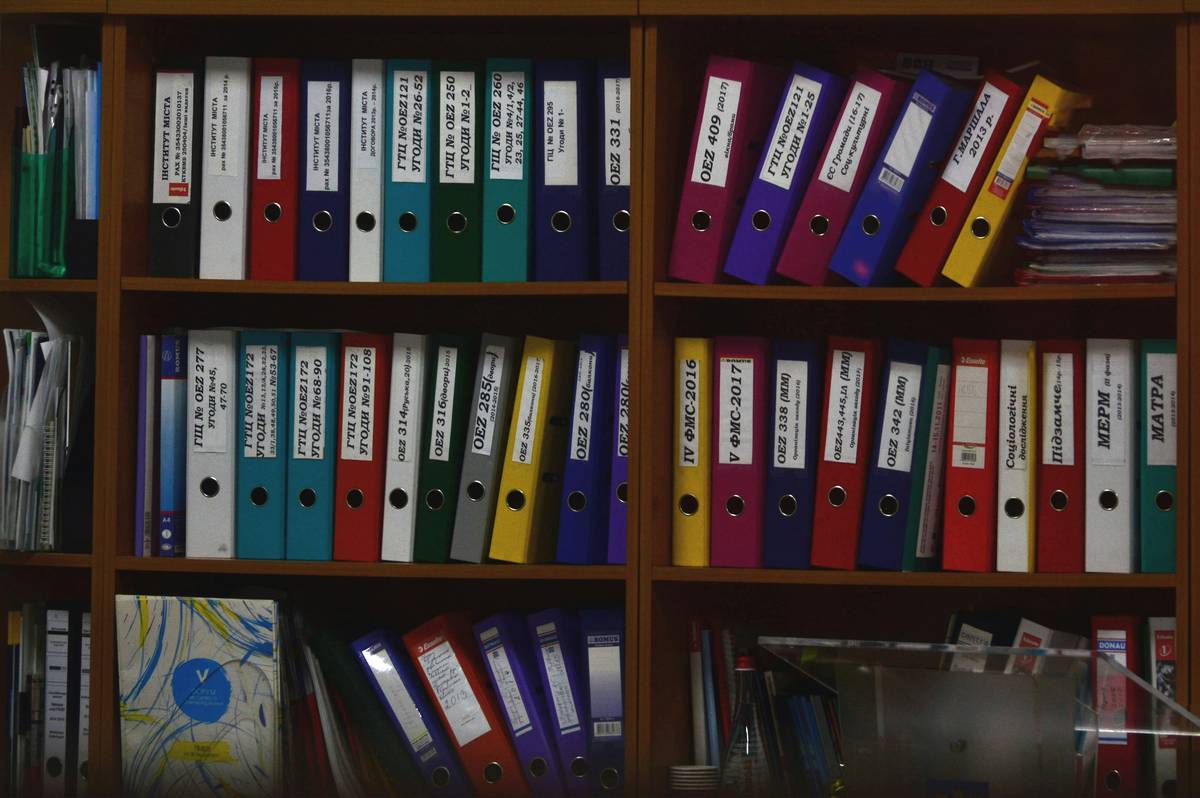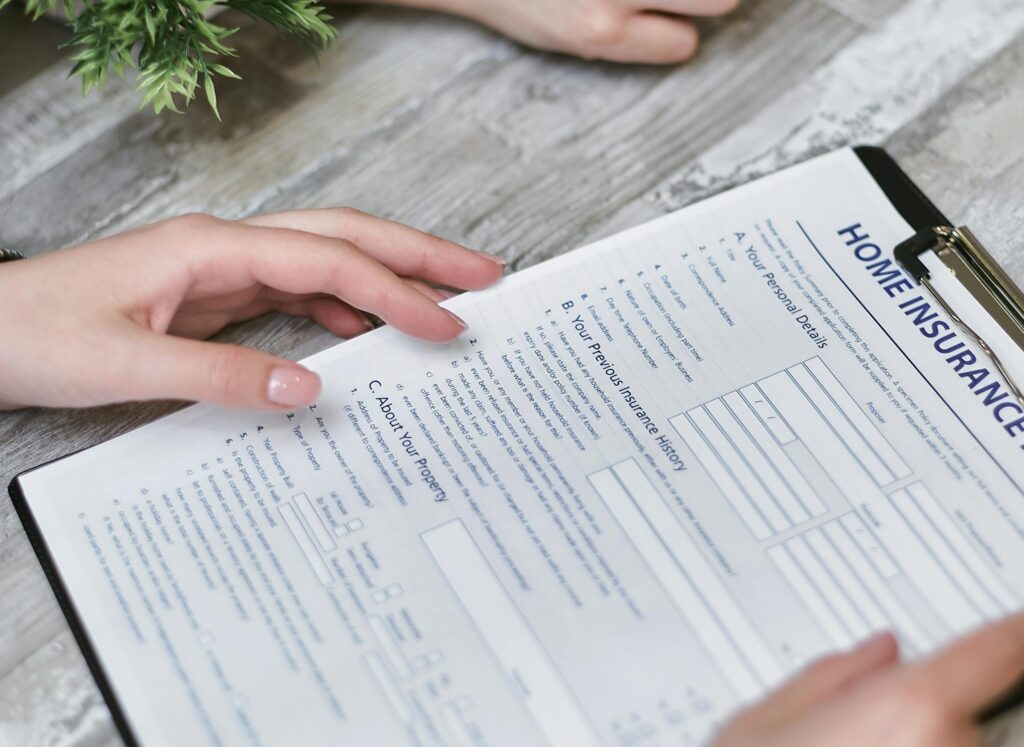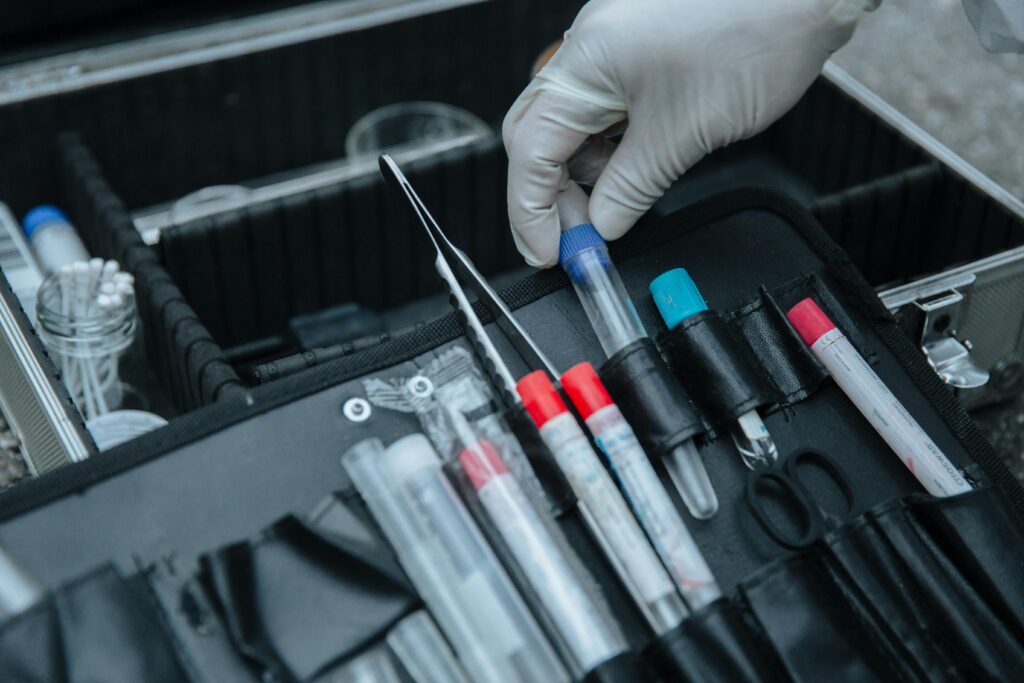Ever spent hours digging through legal documents, trying to figure out if someone has copied your patent? Yeah, us too. Navigating the labyrinth of patent infringement evidence can feel like solving a Rubik’s cube blindfolded. But fear not—it’s easier than you think (kind of).
In this post, we’re diving deep into how you can collect, validate, and use patent infringement evidence, especially when considering options like patent infringement insurance. By the end of this guide, you’ll learn:
- Why patent infringement evidence matters.
- A step-by-step process for collecting solid evidence.
- Tips for leveraging that evidence effectively.
Table of Contents
- Key Takeaways
- Understanding Patent Infringement Evidence
- Step-by-Step Guide to Gathering Evidence
- Best Practices for Using Evidence
- Real-Life Case Studies
- FAQs About Patent Infringement Evidence
Key Takeaways
- Patent infringement evidence is crucial for protecting intellectual property and securing compensation.
- A systematic approach ensures accuracy and compliance with legal standards.
- Patent infringement insurance can provide financial safety nets during disputes—but only if proper evidence supports claims.
Understanding Patent Infringement Evidence
“Optimist You,” whispers softly, “It’s just about finding proof, right?”
“Grumpy You” responds with an eye roll, “Oh sure, as easy as catching smoke in a bottle.”
The truth lies somewhere in between. To even begin thinking about patent infringement evidence, let’s first break it down.
When another company uses technology or methods protected under your patent without permission, they’ve likely infringed on your rights. Evidence includes documentation proving ownership of the original idea and clear instances where the accused party violated those terms.
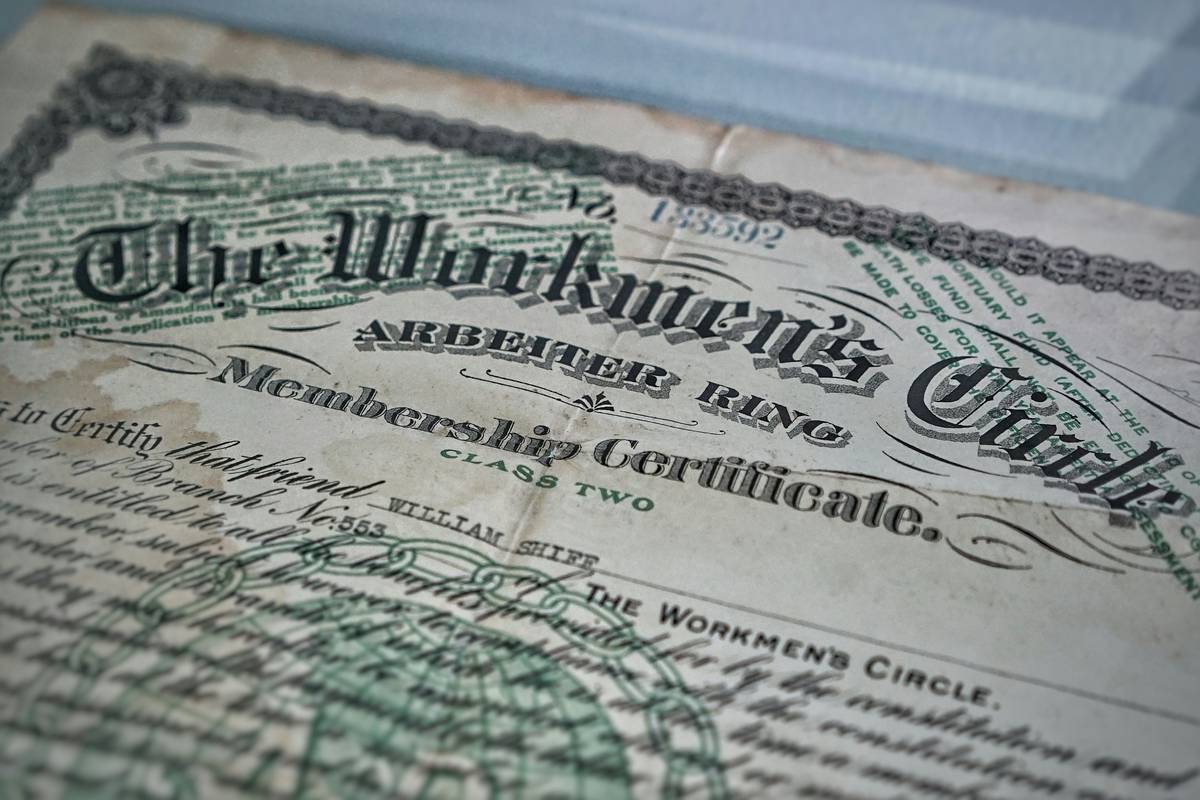
Step-by-Step Guide to Gathering Patent Infringement Evidence
Okay, so now you know why patent infringement evidence is important. Let’s get tactical.
Step 1: Document Everything Related to Your Patent
From emails to drafts to prototypes—document EVERYTHING. Remember my embarrassing blunder of forgetting to save early design sketches? That near-disaster taught me always to keep backups in cloud storage. Because nothing screams “Oops!” louder than losing months’ worth of work.
Step 2: Monitor Competitors Closely
Sometimes, sleuthing pays off. Keep tabs on competitors using tools like Google Alerts or specialized patent monitoring services. If something smells fishy, investigate further.
Step 3: Consult Experts (Like IP Lawyers)
Hire experts who speak fluent legalese. They’ll help sift through technical jargon faster than you can say “prior art” (which, by the way, sounds super cool but basically means older inventions).

Best Practices for Using Patent Infringement Evidence
Gathered all your evidence? Awesome. Now what?
- Organize Chronologically: Structure your findings chronologically; clarity wins every time.
- Maintain Confidentiality: Avoid sharing sensitive data publicly until necessary. Loose lips sink ships—and lawsuits.
- Validate Sources: Double-check facts from credible resources. One wrong source could tank your case.
Warning:
Don’t DIY everything alone à la MacGyver. Legal battles demand expertise. Attempting to handle complex cases yourself might leave you wishing you’d hired backup earlier.
Real-Life Case Studies
Let’s peek at some real-world scenarios involving patent infringement evidence.
Case Study #1: Tech Startup vs Giant Corp
A small tech startup accused a major corporation of copying their app feature patented six months prior. Thanks to meticulous record-keeping and timely expert consultations, they won damages worth millions!
Case Study #2: Sneaker Wars
Two sneaker brands fought over tread patterns alleged to mimic registered designs. After years in court, the plaintiff triumphed thanks largely due to robust visual comparisons submitted as part of their patent infringement evidence.
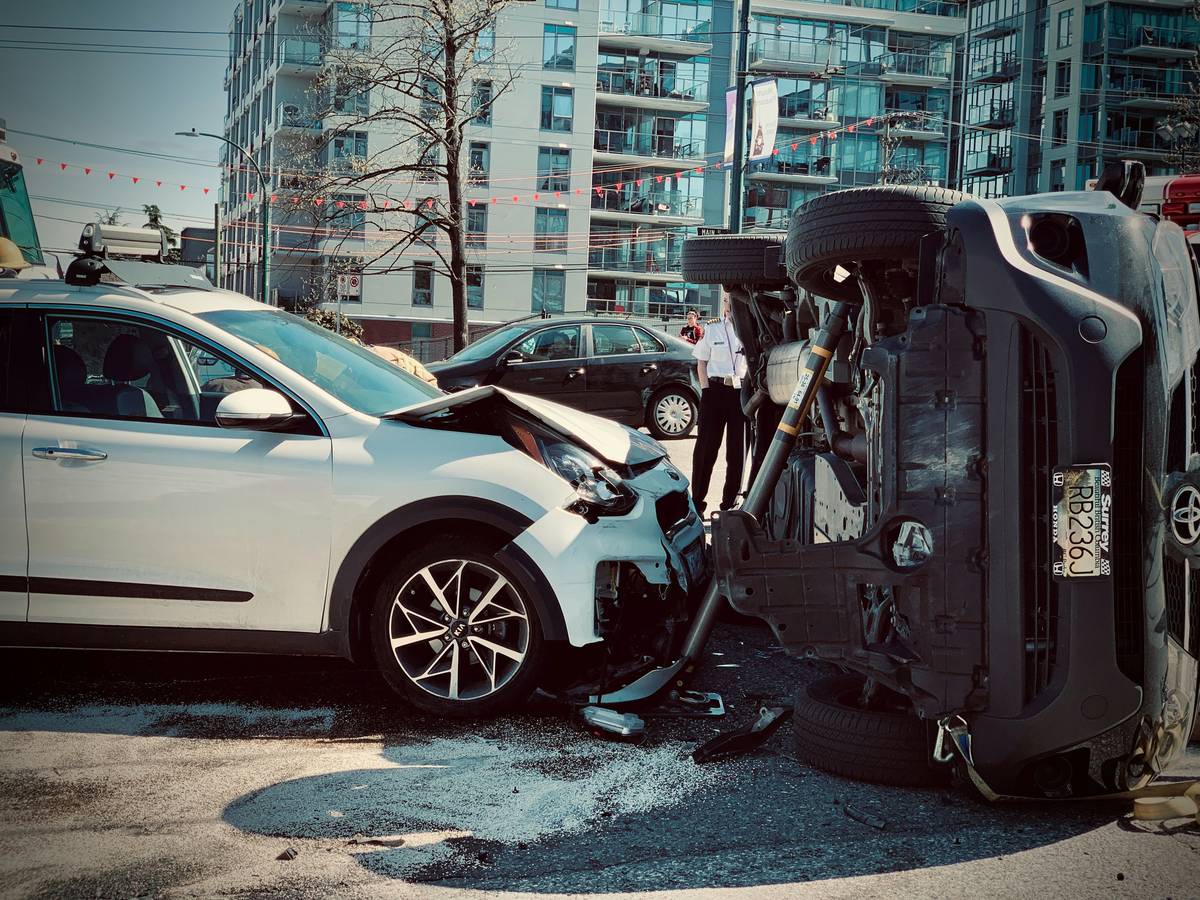
FAQs About Patent Infringement Evidence
Q: What qualifies as solid patent infringement evidence?
A: Documents proving original creation paired with tangible examples demonstrating unauthorized usage typically suffice.
Q: Can I pursue legal action without concrete evidence?
A: Technically yes, but winning becomes exponentially harder. Always prioritize thorough preparation.
Q: How does patent infringement insurance tie into evidence collection?
A: Insurance providers often require detailed documentation before approving claims related to alleged violations.
Conclusion
Gathering patent infringement evidence isn’t rocket science—it’s forensic accounting meets storytelling. With diligent organization, smart strategies, and strategic professional assistance, safeguarding your innovations becomes less daunting.
Remember: Like old-school Tamagotchis, maintaining vigilance keeps potential threats at bay while ensuring long-term protection.
